As Duke Energy tightens its interconnection standards in North Carolina, critics are taking aim at the company, saying the new rules undermine the Public Utility Regulatory Policies Act (PURPA).
Ed Smeloff, managing director of the Regulatory Team at Vote Solar, said PURPA has been instrumental to the growth of utility-scale solar in North Carolina. In fact, 90 percent of the solar projects currently operating in the state operate under PURPA qualified-facility contracts, he says (Duke Energy says the number is 60 percent).
PURPA encourages states to reduce dependence on fossil fuels by requiring that utilities build or purchase renewable-energy generation and efficient cogeneration if the option is equal or cheaper than the cost of building a new fossil-fuel plant. The Energy Information Administration has reported that PURPA has driven 16 GW of new power capacity from qualified renewable and cogeneration projects nationwide.
But Duke’s new regulations, Smeloff argues, are designed to undermine the success of the program in North Carolina.
“Duke Energy has segmented its market into states where they are regulated and allowed a regulated rate of return on investments in power generation, and other states where they seek to compete with incumbent utilities, Smeloff said.
“They appear to have adopted a strategy of putting up obstacles to competitors in states where they are regulated while seeking investment opportunities in renewable energy in other states,” he added.
Randy Wheeless, communications manager at Duke Energy, says the new interconnection requirements have nothing to do with undermining PURPA. Instead, the utility has instituted what he labelled a “stiffness test” — a requirement that new solar installations don’t overly burden distribution lines, which can cause power to other customers to fluctuate wildly and, in some cases, go out completely.
“We’ve had issues with customers — and not just residential customers, but some significant manufacturing customers as well — calling us and saying, ‘Our power is out — what’s going on?’” Wheeless said. “Through our investigation, we discovered that it is often solar plants on the distribution line causing the disruption. As a customer-facing organization, that situation can’t continue.”
Wheeless did admit that Duke does not believe PURPA, despite its success, is a perfect law. He said each state has the right to alter the law to fit its own circumstances, and Duke has a few “nuances” of the law it would like to see modified. But the utility recognizes how the law has allowed North Carolina to become the second only to California in terms of total installed utility-scale solar PV capacity and third in the country in all solar installations (behind California and Arizona).
“PURPA has attractive policies that has helped drive some of this growth,” Wheeless says. “But we see the issues are a little bit separate — one’s a reliability issue, while the other is a regulation issue.”
“We have to be smarter about how we connect solar,” Wheeless says. ”“As more solar enters the grid, the industry is going to experience growing pains. We will work through these issues and believe solar will continue to thrive in North Carolina.”
Smeloff said that as a public utility Duke Energy has an open-access transmission tariff (OATT) that has been approved by the Federal Energy Regulatory Commission, which prohibits public utilities from discriminating in “rates, charges, service, facilities, or any other respect” against independent power developers from interconnecting to the transmission system.
“They cannot legally refuse to interconnect a generator to their transmission system as a way of avoiding entering into a PURPA contract,” Smeloff said. We believe they are raising a technical issue about grid “stiffness” in certain locations. It is not clear yet whether this issue is being applied by Duke in a non-discriminatory way.”
Other states are employing similar tactics, particularly in the Pacific Northwest, Smeloff said.
This content is protected by copyright and may not be reused. If you want to cooperate with us and would like to reuse some of our content, please contact: editors@pv-magazine.com.

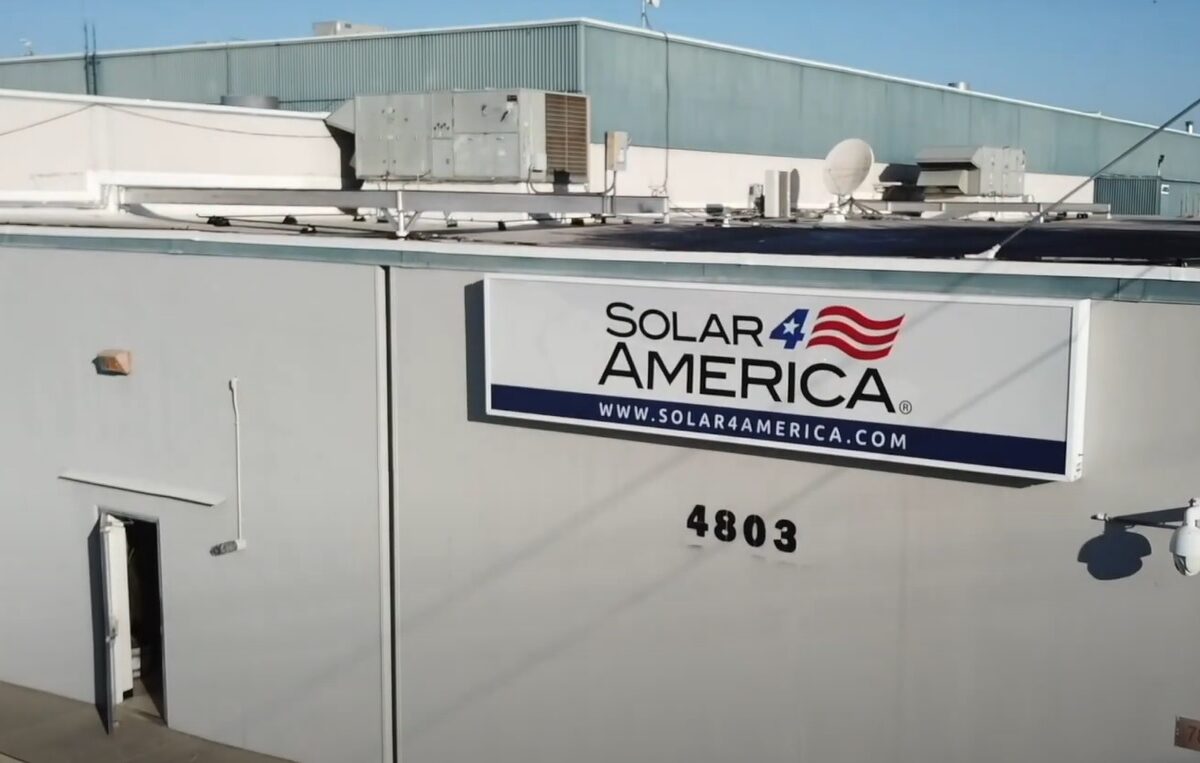

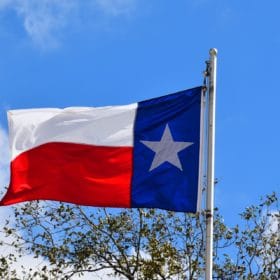
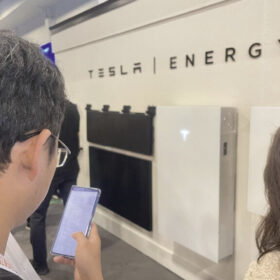
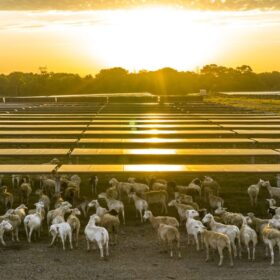

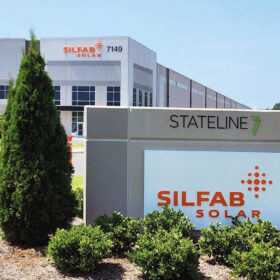
By submitting this form you agree to pv magazine using your data for the purposes of publishing your comment.
Your personal data will only be disclosed or otherwise transmitted to third parties for the purposes of spam filtering or if this is necessary for technical maintenance of the website. Any other transfer to third parties will not take place unless this is justified on the basis of applicable data protection regulations or if pv magazine is legally obliged to do so.
You may revoke this consent at any time with effect for the future, in which case your personal data will be deleted immediately. Otherwise, your data will be deleted if pv magazine has processed your request or the purpose of data storage is fulfilled.
Further information on data privacy can be found in our Data Protection Policy.